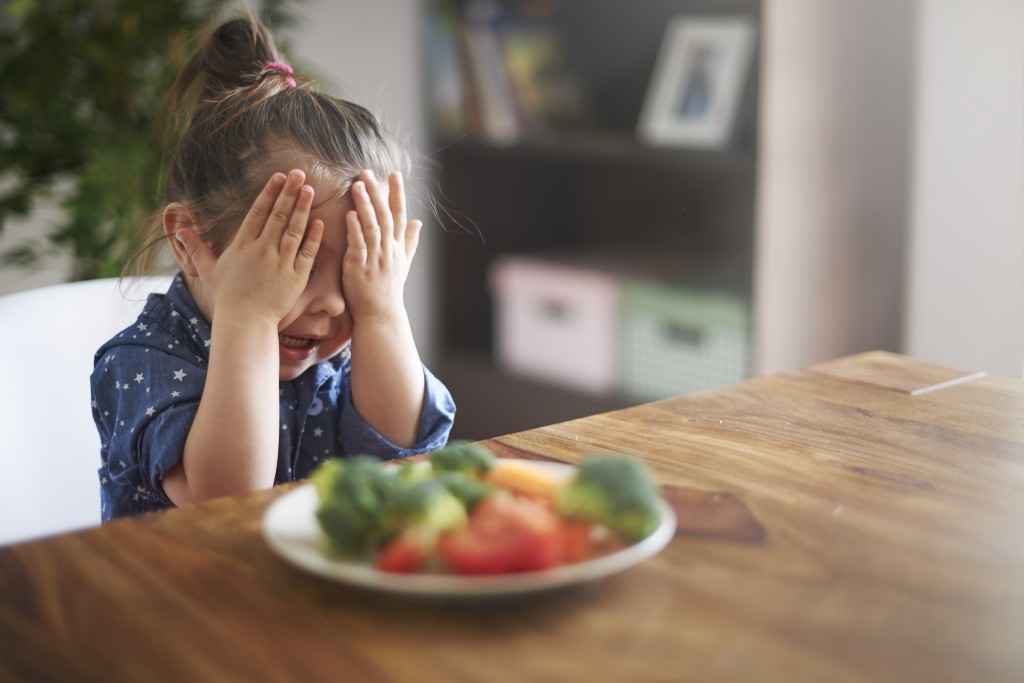Managing one child with a food allergy can already be tough enough. But what if you have more than one kid that have different food allergies? Seemingly normal activities like dining out, visiting friends, and going to school events can feel scary when there is an ever-present threat of exposure to your kids–and not just one, at that.
It can be difficult to manage multiple kids with different food allergies, but it is not impossible. Here are some strategies that can help you protect your children from allergic reactions while still allowing them to enjoy food and eating.
1. Visit an allergist
A pediatric allergy doctor will be able to tell you if there is a possibility of your child having a severe allergic reaction to a problem food. If that is the case, they will recommend that you (and your child if they are old enough) to carry an epinephrine injector at all times in case of accidental ingestion of the food they are allergic to.
2. Stock up on antihistamines
Always have more than enough antihistamines at home, especially when you have multiple kids with food allergies. If they are old enough to take medication on their own, teach them when to take antihistamines and how frequently in case they ingest a problem food.
3. Cook
One of the best ways to prevent allergic reactions to food is to cook more at home. When cooking, you have full control of what you put into a dish, which makes it easier to avoid problem ingredients that can trigger an allergic reaction in your child. At the same time, you’re also feeding them healthy, whole foods instead of foods that come from a box or a restaurant.
4. Educate your kids

When they are old enough to understand, educate your children about their respective food allergies. Teach them how to look at nutritional labels to ensure they don’t accidentally ingest a problem food. In doing so, they can gain more independence regarding their food allergy and will be more able to pick out foods on their own, which will happen sooner or later as they grow up.
It can also help to teach them about each other’s food allergies. In this way, your children can help each other avoid problem foods, thus reducing the risk of allergic reactions significantly.
5. Avoid cross-contamination
It’s best to avoid problem foods altogether, but sometimes, you won’t be able to ban peanut butter in a house just because one person is allergic to it. If you are preparing meals with problem foods, always make sure to avoid cross-contamination. For example, use different chopping boards when cutting gluten-free bread and regular bread. When cooking different meals for your kids, always use different utensils when mixing or serving to avoid cross-contact.
In restaurants, let your server know about your children’s food allergies. They are legally obliged to avoid cross-contamination in food preparation, but this is not always guaranteed. Hence, it’s best to dine at reputable restaurants to avoid the risk of your child getting an allergic reaction–but keep antihistamines (and epinephrine injections) in your bag just in case.
6. Discourage sharing
Sharing is an important value that your children should learn, but perhaps not for food. Instruct your children to avoid sharing food unless it is safe for everyone. To avoid accidental ingestion of problem foods at school, tell your children to avoid taking food from people who offer, even if those foods are “safe”. There is still a possibility that that food has been contaminated with an allergen, so it’s better to not risk it. If they want to share their food with others, tell them to put it in the other person’s plate or hand instead of having them touch the food with their hand or spoon.
Managing multiple food allergies at home is not easy, but with these strategies in place, you can definitely make it more bearable.

